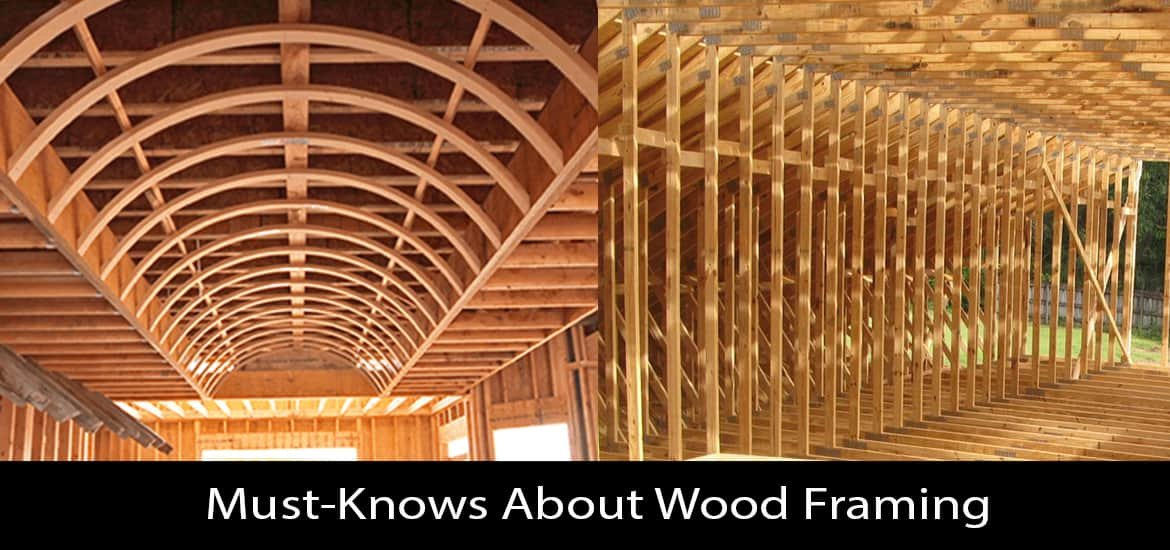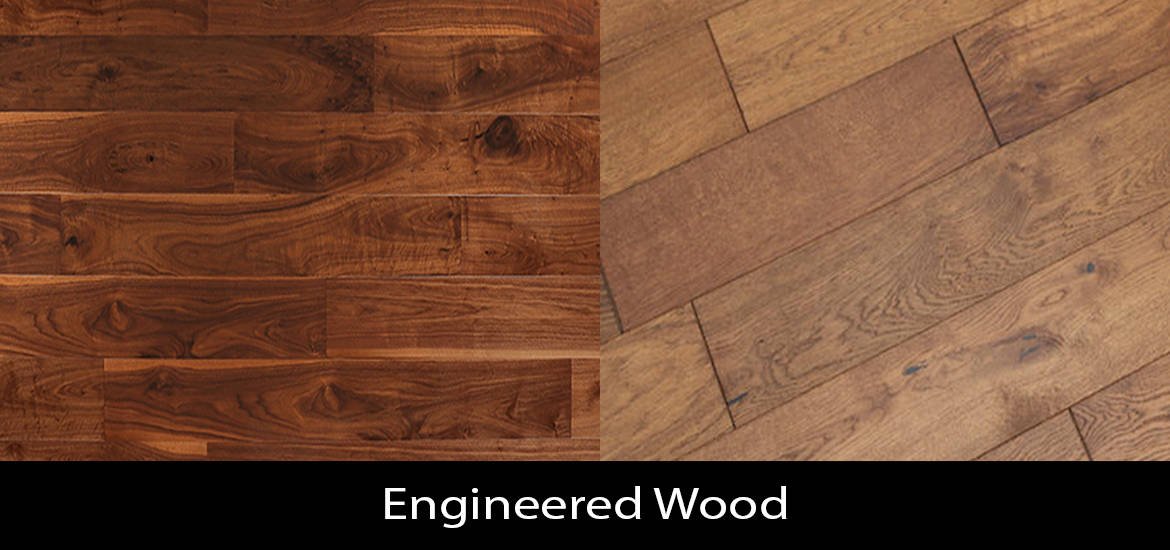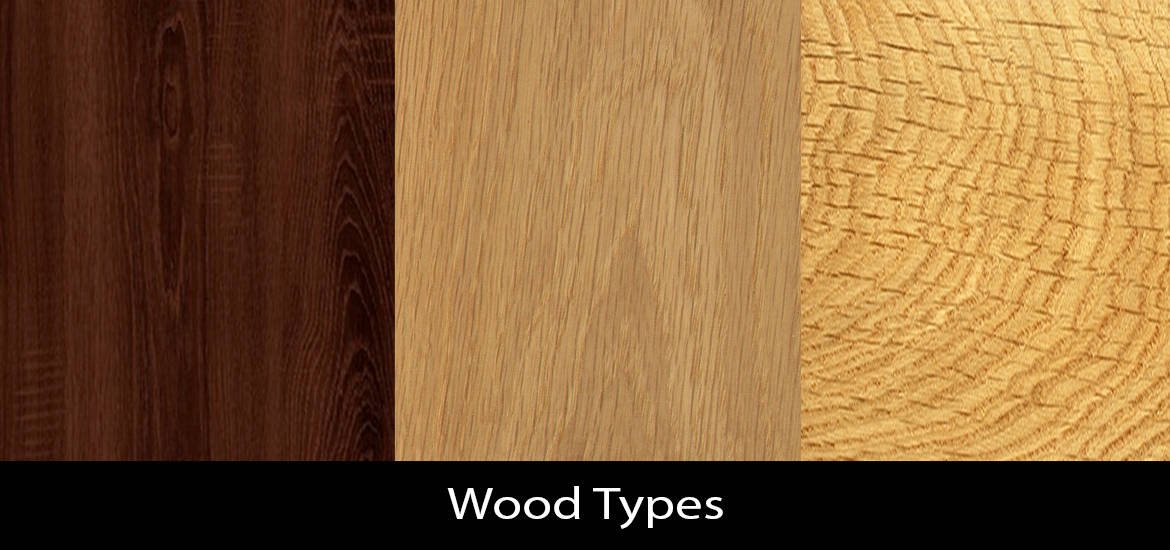Last updated on January 21st, 2024 at 12:51 pm
For an untrained eye, wood framing is simple. We use it in building or for constructing some basic structures. However, the reality isn’t that straightforward. There are immense details in this skills which can paralyze you with surprise if you are a novice… We guarantee.
When it comes to wood framing, you can’t just say bring it on!
You must perceive small details, such as the wood’s strength and how much force it can take. Without comprehending these details, you will be compelled to cut off your project sooner than your expectations.
Must-Knows About Wood Framing
Good and detailed construction is always based on a multi-layered shell.
It doesn’t matter whether the layer is light or strong. It should support the load without collapsing or bending too much. This is the basic thing which applies to all kinds of framing. If you won’t follow the basic, you will sign the death warrants of framing.
So, below are a few must-knows about wood framing if you are interested in this special skill. They will facilitate you in almost all kinds of structures.
1 – Engineered Wood
Engineered wood is popular among professional wood framers.
It is also known as composite-wood or man-made wood. It assists in adding a great value to your structure, which is not possible through solid or other kinds of woods. It also has many ecological and technical advantages as well. For example,
-
Blocks Excess Moisture
If you live in a rainy area, this is the best choice. Engineered wood not only blocks the moisture but also provide stability. In fact, this kind of wood is preferred in damp areas by professionals, as they state it doesn’t let the wetness cause damage to the structure in the long run.
-
Different Types/Characteristics
Do you know even the engineered wood has different types of wood framing? It’s true. Types like Glulam, Cross-Laminated Timber (CLT), and Oriented Strand Board (OSB) have unique properties.
For example, in CLT, many sheets of wood are glued together, which provide exceptional structural strength. In addition, experts believe that CLT is also highly resistant to fire in buildings.
-
No Expand Or Contract
There isn’t any chance of expansion or contraction in engineered wood framing. This is also one of the most significant advantages you have. Solid wood, on the other hand, can be risky due to its characteristics. It expands and contracts due to moisture and temperature fluctuation.
2 – Different Framings
Wood framing isn’t just one kind of framing.
It can be divided into many sectors. And, it is important to learn and know about all of its sectors if you want to keep your frame from falling down. Without understanding or following the different framing rules, your structure can tumble down in no time.
-
Building Code
You must know regarding the building code if you are building the house. It doesn’t matter what kind of house you are planning to create, there are some certain set of basic principles of engineering which you must follow to ensure that your structure can stand on its own and not fall down by strong winds and even earthquakes.
-
House Framing Basics
House framing has its own basics. For example, there are ‘balloon house framing’ and ‘platform house framing’. In balloon framing, you require lengthy lumbers to construct the house as they have to extend from the foundation to the roof.
Whereas in platform house framing, floors aren’t depended on the foundation. They are independent of each other, and, that’s why, provide utter stability too.
-
Basement Framing
You can apply the rules of basements framing in almost all kinds of structures. Since they count on the material, obstruction, leveling, and building code. Especially, the leveling aspect of basement framing is so significant.
It is all about measuring the walls in detail to ensure that they are vertical before you start working on other aspects of the house. This leveling facilitates in small structures also.
3 – Wood Types
What’s the strongest wood for wood framing?
There are many kinds of wood which are famous for wood framing, like Oak Wood, Cedar Wood, Walnut Wood, Lyptus Wood, and etc.
But, if you are looking for the strongest wood type, below are the top 3 strong kinds of wood which withstand almost all the wears and tears.
-
Oak Wood
Oak wood is not the strongest one, but it is still a lot better than many other types. We have mentioned this type specifically because it is economical too. If you want to have strength in your structure without burning the holes in your pocket, the best you have is the Oak wood. It is readily available in the US also.
-
Cherry Wood
Looking for the strongest option for wood framing? Look no further than Cherry. It’s not just a perception, it is indeed rated ‘very hard’ on the Janka Hardness Scale.
Perhaps, that’s why it is expensive too. You won’t see it often. Instead of building a whole house structure, people often opt for it to construct small furniture.
-
Hickory Wood
Among professional builders, Hickory wood is a popular choice. The best thing about this wood type is it comes in an assortment of hues, from reddish to white.
For that reason, one can use it for different kinds of structures. You can not only build entire houses but also use it for furniture and small wood framing projects.
Wood Framing – FAQs
A professional carpenter or builder knows a lot about this skill.
However, there are a few common questions which can baffle a new person, such as:
Q: Is there any visually appealing wood?
We understand, some clients desire beautiful visual appearance. If this is the case, choose Cherry wood. It is a visually appealing dark wood, which is expensive but earns the praises.
Q: What should be the key characteristics of good wood?
First, it should be strong enough to provide stability.
Besides, there are some other key characteristics which you should look for. If you are new, get the wood which is light and allow quick construction. Because, if the wood is heavy, you would need heavy machinery or equipment for framing.
Other than that, you can also check whether it is fireproof and resist major wind events.
Q: Why is wood framing a preferred method?
It is because of many reasons.
You can do that in compact areas. There would be no need for cranes or other heavy equipment. In addition, it is faster and cheaper. You don’t have to spend a lot of time on a project, as woods come in standard length and can be modified according to need.
Q: What to do if you require a large volume of woods?
There are many services in almost every state that accommodate bulk ordering. If you are working on a big project, you can contact them right away and indeed tell them regarding specific frame type also, which is difficult to find on your own.
Q: What are the basic components of a wood frame home structure?
A basic wood frame home structure consists of Studs, Joists, Rafters, Sheathing, and Siding. All of them play a significant role in building a home professionally.
Concluding Thoughts
So, wood framing is sustainable and economical.
If you know all these above must-knows factors about it, it would be easy for you to learn it quickly. Almost all kinds of framings depend largely on them. By understanding them, you will ensure a solid structure for years to come.



